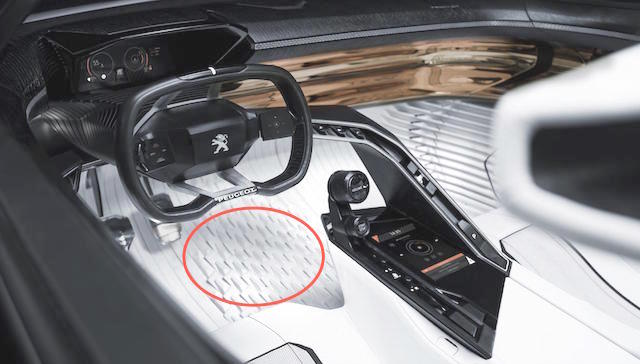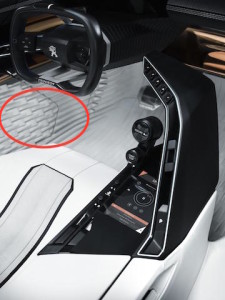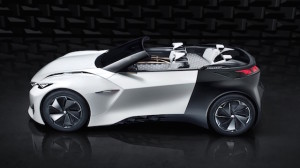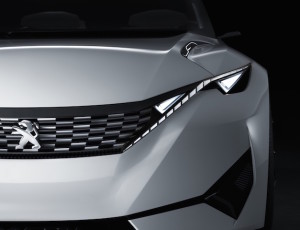
The ‘Fractal’ study that Peugeot will unveil at this month’s Frankfurt motor show is much more than a concept – it points to the role 3D printing will have in the automotive industry.
 The battery-powered electric car was designed with “an unprecedented attention to acoustics,” says the French carmaker, and the result is a “level of auditory perception that further enriches the driving experience.”
The battery-powered electric car was designed with “an unprecedented attention to acoustics,” says the French carmaker, and the result is a “level of auditory perception that further enriches the driving experience.”
Peugeot set out to create sound-absorbing surfaces in the cabin to improve the clarity of the Fractal’s 13-speaker stereo system from French audio company Focal. Peugeot also partnered with SubPac, a startup company that produces “tactile bass systems.”
It wanted surfaces like those in the recording studio, but traditional methods proved too complex and expensive, So it turned to 3D printing to build upwards of 80 per cent of the Fractal’s cabin.
Interior surfaces, particularly around the doors and footwells, are 3D-printed ‘anechoic protrusions’ that absorb sound waves. These are circled in red on the floor of the car (top) and on the doors (above right).
 The door sills themselves have been shaped to ‘trap’ sound before it enters the cabin, in theory eliminating all but the worse road noise. The concept’s skinny tyres will help to keep that down.
The door sills themselves have been shaped to ‘trap’ sound before it enters the cabin, in theory eliminating all but the worse road noise. The concept’s skinny tyres will help to keep that down.
But Fractal is not all about making pure music. It shows off new technology like smartwatch keyless entry and a navigation voice that speaks more to the driver as the car approaches junctions.
The concept also previews an advanced version of Peugeot’s iCockpit design, first seen on the 208 and updated again on the facelifted 208 on sale in New Zealand next week.
Fractal gets the same small steering wheel and raised dials. But the dials appear as a head-up display with a dual-level hologram that brings key information to the driver’s vision. There are touch displays on the steering wheel and a tablet on the centre console.

The concept is based on a 208 hatchback but with the long bonnet/short rear end proportions of a sports car. Adjustable suspension helps optimal efficiency, riding lower at speed or 4cm higher in town.
Under the bonnet is a 30kWh lithium-ion battery which powers motors on both the front and rear axles for a combined output of 125kW and a range of 450km.
Up front, the design of the grille and headlights will likely find their way into the new Peugeot 3008 from next year before being rolled out across the fleet.
